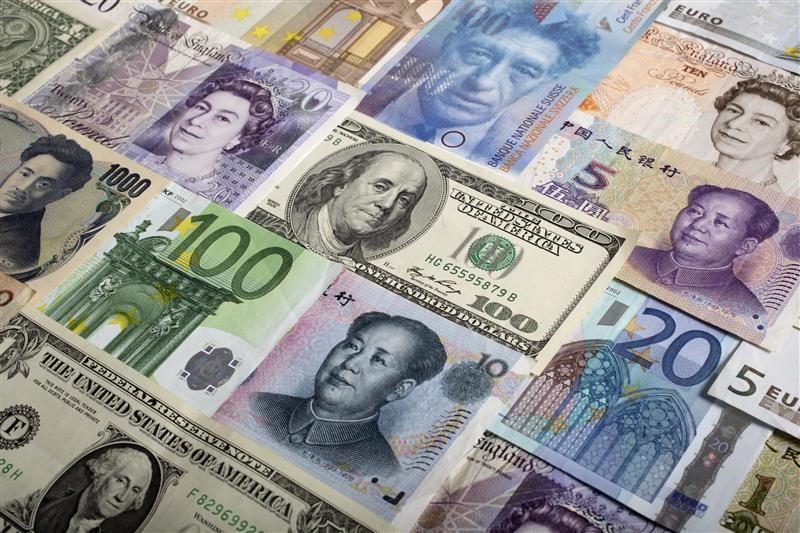* RBA says does not expect to need QE in Australia
* Says if it did, would only buy government bonds
* Says rates would need to be at 0.25% to start QE, from 0.75% now
By Wayne Cole
SYDNEY, Nov 26 (Reuters) - Australia's top central banker said on Tuesday that he did not expect to have to use quantitative easing (QE), but if necessary it would take the form of buying government bonds and then only if the cash rate reached as low as 0.25%.
In a highly anticipated speech, Reserve Bank of Australia (RBA) Governor Philip Lowe outlined a limited range of options for QE in Australia and set a high bar for its adoption.
He ruled out buying private assets, called negative interest rates "extraordinarily unlikely" and saw no need for the RBA to provide extra liquidity to the financial system through its market operations.
"The threshold for undertaking QE in Australia has not been reached, and I don't expect it to be reached in the near future," Lowe told an economists' dinner.
"There may come a point where QE could help promote our collective welfare, but we are not at that point and I don't expect us to get there," he added.
The central bank has already cut interest rates three times since June to a record low of 0.75%, but so far with limited impact on the economy apart from a revival in home prices.
Lowe emphasised that monetary policy worked with a long lag and the bank still expected economic growth to pick up gradually to around 3%, from the current decade low of 1.4%.
However, QE would be considered should evidence mount that the bank was unlikely to meet its medium-term targets on full employment and inflation.
Earlier on Tuesday, RBA Deputy Governor Guy Debelle warned that low wage growth was becoming entrenched and a tighter labour market was needed to lift pay and inflation. were wagering rates would be cut once more to 0.5% next year and the RBA would then be forced into QE measures including buying government bonds and providing cheap funding to banks.
Yet, Lowe implicitly opened the door for a move to 0.25%.
"Our current thinking is that QE becomes an option to be considered at a cash rate of 0.25%, but not before that," Lowe said.
"If – and it is important to emphasise the word if – the Reserve Bank were to undertake a programme of quantitative easing, we would purchase government bonds, and we would do so in the secondary market," he explained.
This would lower bond yields, and thus many other rates across the economy, while also signalling the RBA's commitment to keeping rates low for an extended period.
Going by international experience, it would also be expected to put downward pressure on the local currency.
Any positive effects would have to be balanced with possible side-effects, including the risk that the government became over-reliant on monetary policy alone.
The RBA has long argued that greater fiscal stimulus would be appropriate including tax cuts and infrastructure spending.
The conservative government of Prime Minister Scott Morrison has brought forward some public spending, but so far it amounts to only 0.1% of annual gross domestic product (GDP).
Lowe added that he was not convinced that QE measures other than bond buying had worked abroad.
"We have no appetite to undertake outright purchases of private sector assets as part of a QE program," he said, arguing it would distort markets.
Negative interest rates were unlikely given the Australian economy was in much better shape than those that had adopted them, including Europe and Japan.
He also saw no need for the RBA to use its market operations to provide extra funds to the financial system given banks were able to access funding on reasonable terms.
